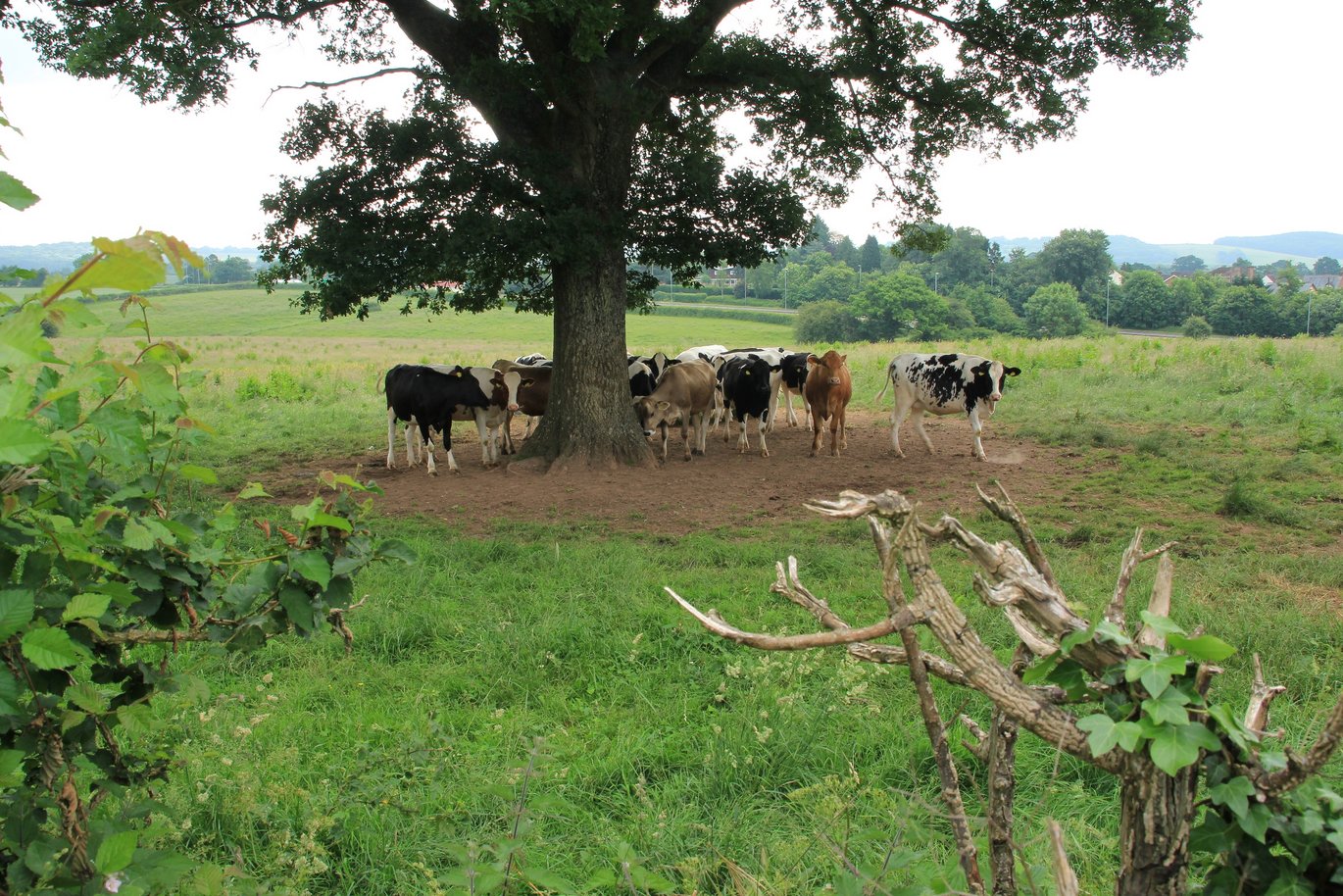Do mixed farming and agroforestry systems provide environmental and economic benefits?
An assessment based on survey data from farmers in the MIXED network provides some results but also more questions, as such systems are complex and each farm has unique characters.

With increasing pressure on agriculture to reduce its environmental impacts, it has been hypothesised that mixed farming and agro-forestry systems (MiFAS), could be an option to mitigate issues of nutrient excess, a reliance on synthetic fertilisers and imported feed. To assess this hypothesis, the MIXED project collaborates with networks of innovative farmers and countries practicing various forms of mixed farming and/or agroforestry. Farmers from these networks shared their farm system data with us to assess their environmental and economic performance. This dataset highlighted the very diverse nature of MiFAS in varying geographical locations, and to help identify environmental and economic performance in different system types we therefore developed a classification system to group similar systems for comparison. The farms were placed into 4 groups: integrated cropping and livestock (ICL), integrated cropping or livestock with agroforestry (ICLF), specialised arable (SA) or specialised livestock (SL). For each farm we used an assessment tool comprising an agricultural system model linked to environmental and economic assessments. We used Lifecycle Assessment (LCA) to assess the environmental impacts of a system including greenhouse gases (GHG), acidification (AP) and eutrophication (EP), combined with a reference economic database to estimate the economic performance of the farms.

Comparing the farm types
When comparing the farm types, we found that the results showed that performance was very dependent on the specifics of each farm or system. In terms of nutrients, the ICL (integrated cropping and livestock) and ICLF (integrated cropping or livestock with agroforestry) systems, as well as the SL (specialised livestock) farms were more self-sufficient in nitrogen supply due to manure as a resource, but the SA (specialised arable) farms had better overall utilisation of externally sourced nitrogen. In terms of GHGs, the SA (specialised arable) farms emitted the least, SL (specialised livestock) the most, with the ICL (integrated cropping and livestock) and ICLF (integrated cropping or livestock with agroforestry) farms at an intermediate level. For the other environmental indicators, the SL (specialised livestock) farms were usually the lowest per hectare because of their extensive characteristics, however, per unit of product the SA (specialised arable) farms were lowest and SL (specialised livestock) the highest. Economically, all farm types showed a net loss, with the low input SL (specialised livestock) farms showing the smallest loss and ICL (integrated cropping and livestock) the greatest, though these differences were not significant.
We found that the results were influenced by the farms within each type, and there were clear trade-offs between per area and per product impacts. The results also showed that the impacts are very related to the specific situation on the farm and that strategies such as agroforestry alone will not solve issues, but a whole farm approach to reducing impacts through reduction and efficient use of fertilisers and feeds, combined with additional strategies will have the greatest impact. Some of the ICLF (integrated cropping or livestock with agroforestry) systems were situated with existing woodlands and due to the age of the trees, new carbon sequestration was unlikely.
The diversity of MiFAS
The results from this work highlight the diversity of MiFAS, and many of the farms had specific management strategies, which may provide considerable benefits either at local or wider adoption, such as winter grazing of cereals by sheep, nutrient exchanges between farms, as well as agroforestry. From a policy perspective, the results point to variation in impacts due to the specifics of a production system and farms and policies must find a balance between productivity whilst minimising external inputs, with the potential to add agroforestry for additional benefits. The next step in our work is to assess the impacts of adopting MiFAS practices by typical specialised farms in Europe, to determine which strategies can provide the optimum benefits at both farm and societal level.
See the complete report here
See more on the MIXED work on transition at farm-level
